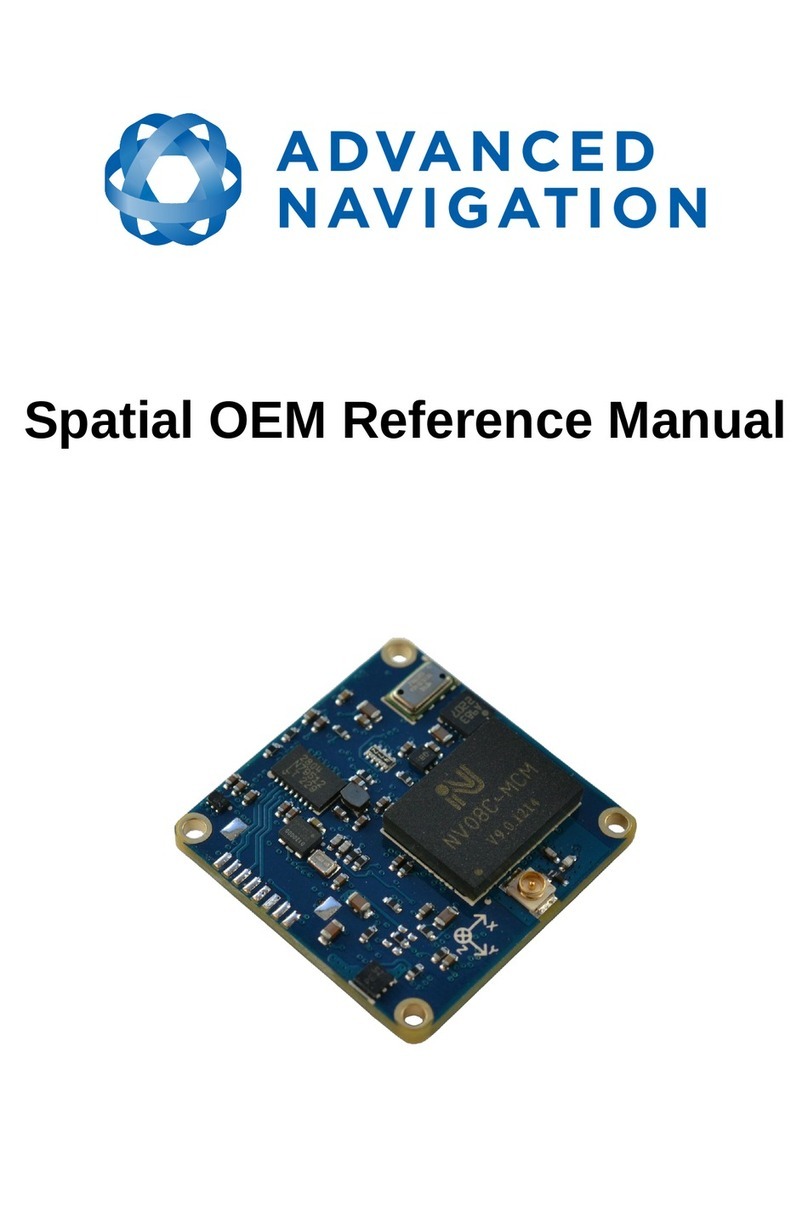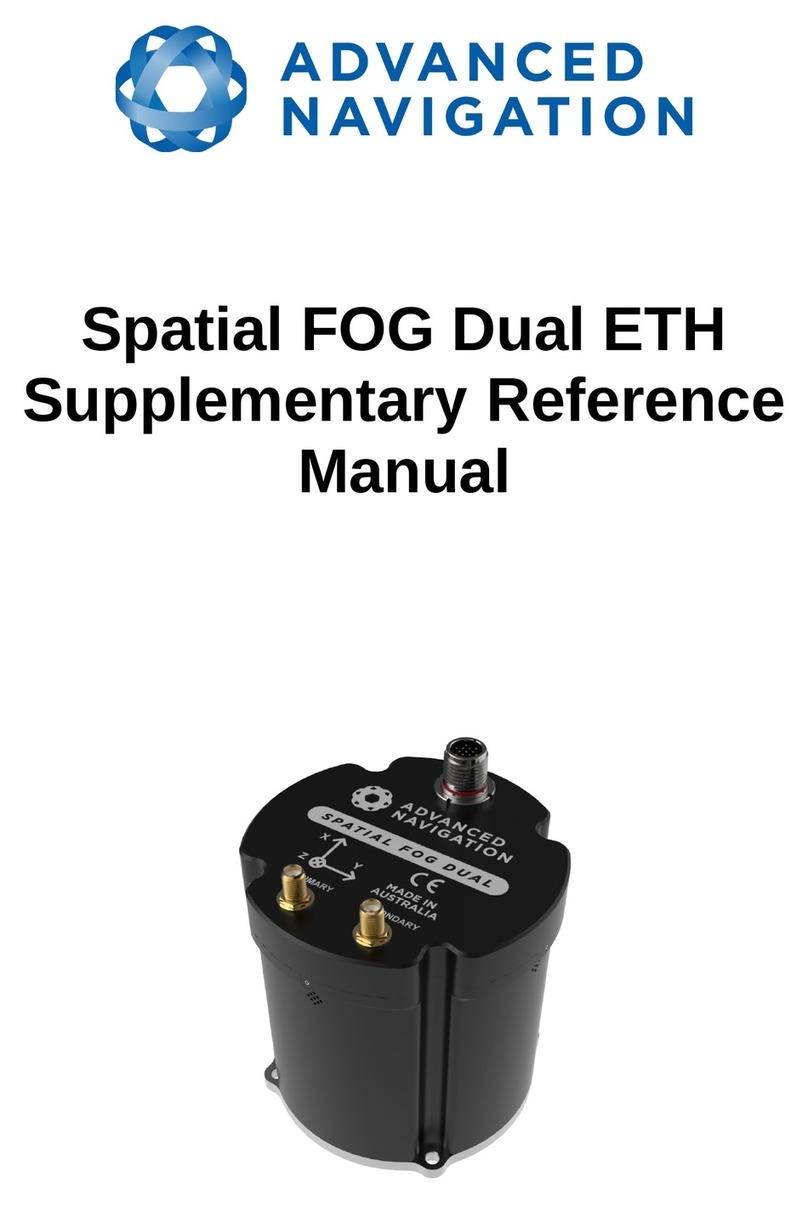Spatial OEM Development Kit Manual
Page 1 of 20
Version 3.0
Table of Contents
1 Revision History..........................................................................................................................2
2 Introduction..................................................................................................................................3
2.1 Kit Contents.........................................................................................................................3
3 Quick Start...................................................................................................................................
3.1 Troubleshooting...................................................................................................................
OEM Development Board Overview............................................................................................5
.1 Spatial OEM Module............................................................................................................6
.2 Serial UART to USB Converter............................................................................................6
.3 Dual RS232 Transceiver......................................................................................................6
. GPIO Header and Status LEDs...........................................................................................7
.5 RF Connection..................................................................................................................... 8
5 Configuration and Operation.......................................................................................................9
5.1 Configuration Switches........................................................................................................9
5.1.1 Primary Serial Port to USB.........................................................................................10
5.1.2 Primary Serial Port to RS232 1 and GPIO 3 & to RS232 2......................................10
5.1.3 Primary Serial Port and GPIO 3 & to GPIO Header at TTL levels............................10
5.2 Power source.....................................................................................................................11
6 Electrical.................................................................................................................................... 12
6.1 Schematics........................................................................................................................ 12
6.2 Bill of Materials.................................................................................................................. 15
7 Mechanical................................................................................................................................ 17
7.1 Mechanical Drawing...........................................................................................................17
7.2 Optional Enclosure.............................................................................................................17




























